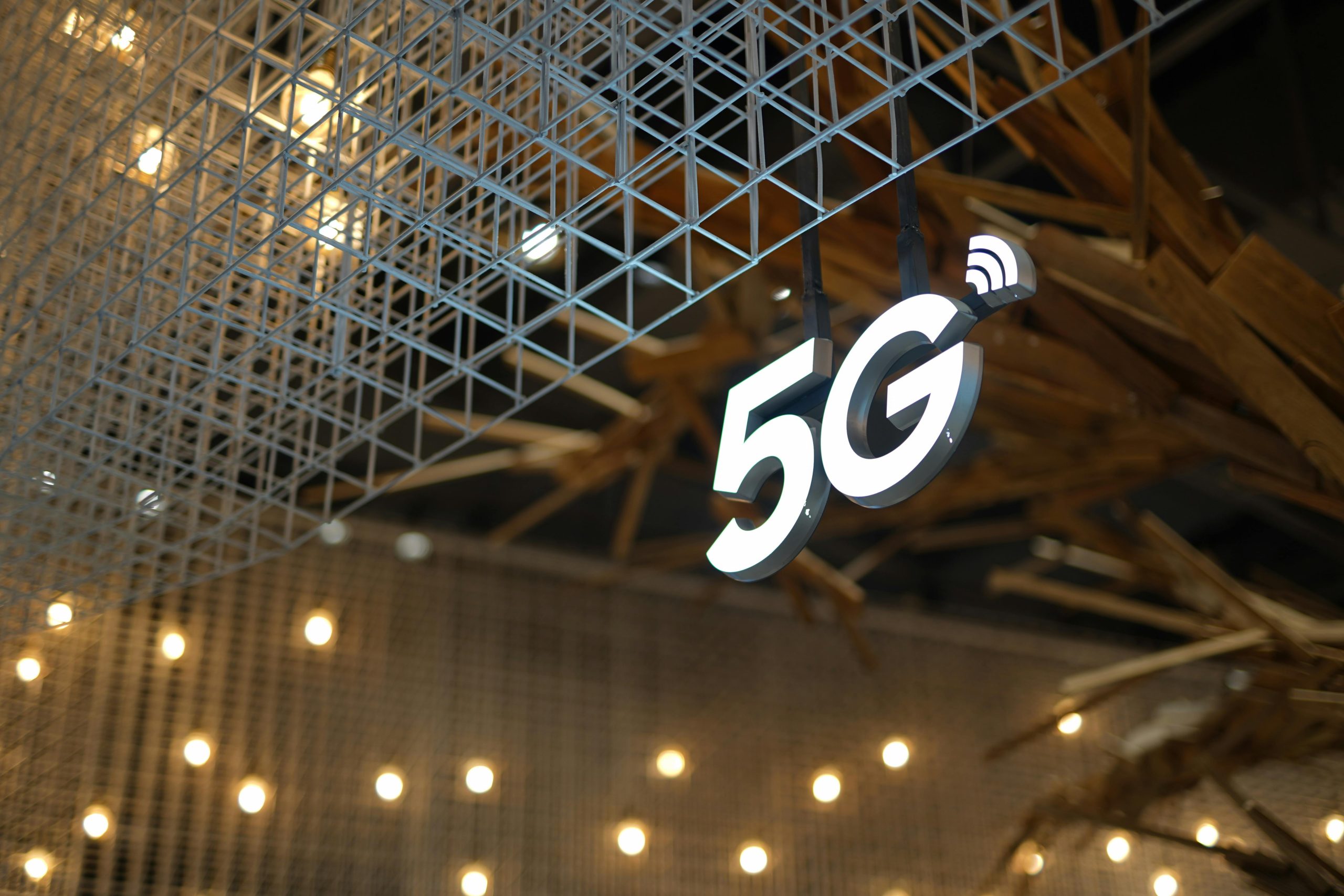5G Revolution: Shaping Connectivity & Innovation
Stay ahead of the curve with the latest news and developments in 5G technology, which are shaping the future of connectivity, innovation, and digital change. In this article, we’ll look at some of the most exciting trends and breakthroughs that are transforming the digital world.
1. Global 5G Rollout Accelerates:
Telecom operators around the world are speeding up their efforts to set up 5G technology networks. As a result, they are investing heavily in building the necessary infrastructure and securing the required spectrum for 5G technology. This rapid growth is opening up new opportunities for ultra-fast connections, lower delays, and more bandwidth, not only in cities but also in smaller towns. In addition, 5G technology is helping to bridge the digital divide between urban and rural areas, bringing high-speed internet to places that previously had limited connectivity.
For more information on the global 5G rollout, you can check out Ericsson’s 5G Network, which provides in-depth insights into how 5G is transforming networks worldwide.
2. 5G-enabled Smart Cities Take Shape:
In addition, smart city projects are using 5G technology to build connected and sustainable urban spaces. For example, intelligent transportation systems, real-time monitoring, smart power grids, and public safety programs are all improving. Therefore, these 5G-driven changes are making city life better, more efficient, and safer for residents.
Smart city developments around the globe are thriving with 5G, as explored on Smart Cities World, where you can learn more about how cities are leveraging 5G for innovation and sustainability.
3. 5G and Edge Computing Convergence:
The combination of 5G technology and edge computing is changing the way we process and use data. As a result, with edge computing located close to the network, 5G technology can support applications that require quick responses, such as self-driving cars, virtual reality, and factory automation. This, in turn, helps to create new possibilities for innovation and efficiency. Moreover, by processing data closer to the source, latency is reduced, allowing for real-time decision-making. Therefore, the convergence of 5G technology and edge computing is opening up exciting opportunities across various industries, from healthcare to manufacturing.
4. Industry-specific 5G Use Cases Emerge:
As a result of 5G’s rapid adoption, many industries are finding ways to use it to solve problems and grow. Fields like healthcare, manufacturing, farming, and entertainment are all being changed by 5G. For instance, in healthcare, 5G enables remote surgery and better patient monitoring. These new uses are driving digital change and changing old business models.
5. Innovation in 5G Devices and Applications:
Moreover, more and more 5G-enabled smartphones, tablets, wearables, and IoT devices are driving new ideas in consumer electronics and smart technology. Thanks to 5G, we now have things like better AR/VR experiences, real-time gaming, remote health monitoring, and smarter homes. Consequently, these changes are reshaping how we live, work, and play.
For more on innovations in 5G devices and applications, explore what Qualcomm is doing in this space to enable the next wave of consumer technology and smarter connected devices.
6. Advancements in 5G Standards and Technologies:
Groups that set rules for technology are working on improving 5G standards and technology to make it more reliable, secure, and easy to connect with other systems. In particular, projects like 3GPP Release 16/17, Open RAN, and O-RAN Alliance are helping drive this change, especially in areas like network slicing, advanced antennas, and virtual systems.
7. 5G Security and Privacy Considerations:
As 5G networks grow, keeping them secure and private is more important than ever. To address this, many groups are working together to build strong security systems, better encryption, and privacy protection. These efforts are key to reducing risks and gaining trust in 5G networks.
8. Regulatory Developments and Policy Initiatives:
Finally, governments and regulators are setting up new rules to help 5G networks grow. They are focusing on important areas like spectrum use, network building, and protecting data privacy. These policies are designed to ensure fair competition and secure access to 5G technology for everyone.
9. Challenges and Concerns in 5G Adoption:
Despite the promising advancements that 5G brings, its widespread deployment is not without challenges. The key hurdles include:
- Spectrum Scarcity: Telecom providers need a broad spectrum to launch 5G networks effectively, which involves costly licenses and infrastructure.
- Health Concerns: Some studies raise questions about the potential health effects of the higher frequencies used by 5G. While most scientific studies suggest that 5G is safe, it remains a subject of public concern.
- High Infrastructure Costs: Building 5G networks, especially in rural areas or less-developed regions, requires significant investment in infrastructure like small cells and fiber-optic cables.
- For further reading on 5G challenges, check out 5G Spectrum Challenges – GSMA.
10. What’s Next for 5G? A Glimpse into the Future:
Looking forward, 5G technology is poised for exciting innovations. From 6G to breakthroughs in Quantum Computing, the future holds endless possibilities for even faster speeds, higher reliability, and deeper connectivity. While 5G is already creating significant shifts in industries, the next phase of development promises to further enhance applications like the Internet of Things (IoT), AI-driven technologies, and autonomous systems.
Conclusion:
As we continue to embrace 5G technology, its transformative impact will reach new heights, connecting everything from industries to smart homes in ways previously unimaginable. The path ahead is full of challenges, but also immense opportunities for growth, efficiency, and innovation.
5G is not just about faster internet—it’s about reshaping our digital landscape, creating smarter cities, and driving digital transformation across the globe.

